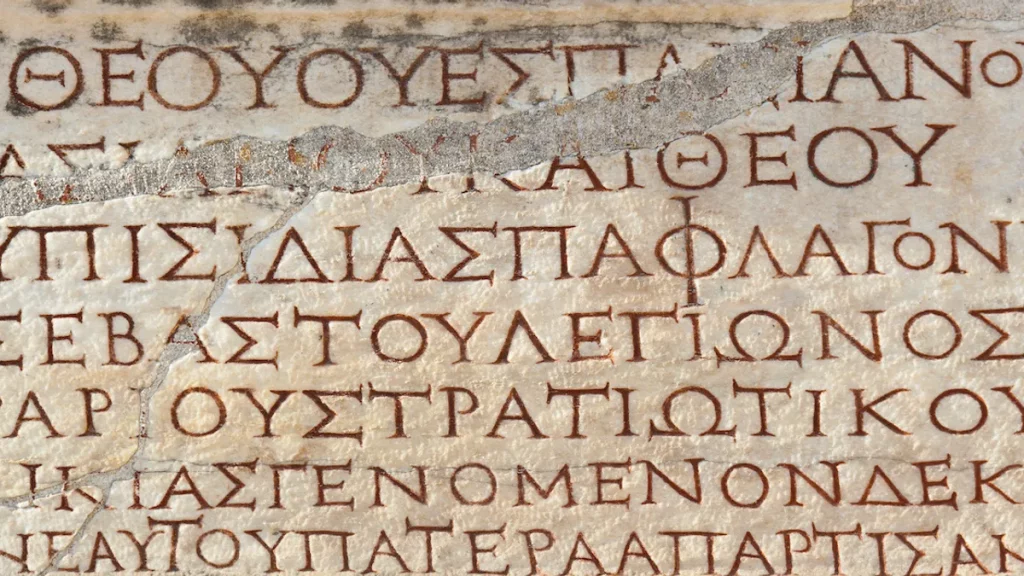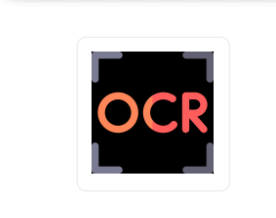Are you looking for a tool that can process visual information and convert it into text? Do you need for it to recognize special characters or even handwriting? Read this article to learn about the benefits and uses of OCR APIs.
One of the key drivers of advanced artificial intelligence software deployed for translation services is access to huge data sets and computers that can process them much more efficiently than was possible in the past. Digital tools provide key functions to automate translations and facilitate the work.
The sheer number of languages used globally has opened up an opportunity for companies to specialize in specific languages as well as specific industries, so while the average person may use Google to translate tweets, business people who need highly accurate translations of a legal document generally need to professionalize their services.
Even in these cases, the amount of data collected (sometimes many hard drives) makes machine translation an ally of the legal profession, defense, and law enforcement as they transfer information from one language to another. These documents are often in physical formats, so translation takes an additional step to transcription.
Optical Character Recognition (OCR) technology is a key ally in these cases. This technology makes it possible to translate images into text, greatly facilitating the translators’ work and even automating processes. This function is easy to implement with the help of an OCR API that can be integrated into the work platform or even a website where customers upload their images with a URL.
Why Are OCR APIs So Important?
There are many things in the day-to-day life of companies and websites that seem to be invisible, an example of that are APIs. These digital tools are integrated into most of the websites and applications that you use every day, and also in large companies, helping to improve the productivity and effectiveness of their processes. They are interfaces that allow you to integrate external functions and information.
OCR APIs allow you to convert visual images from a URL to text. They do this by first recognizing the structure, and then the type of characters. They can process alphanumeric characters, special characters, and even handwriting. We recommend using reliable APIs that are tested and work with Artificial Intelligence and self-learning engines. This is the case of Optical Character Recognition.
About Optical Character Recognition
If you are looking for an effective and simple-to-use tool, then you have to try Optical Character Recognition API. This API works quickly from a URL link and converts all kinds of characters instantly. It can even recognize handwriting! With this API you can export text in various formats.
OCR API has a sorting function that helps to process large amounts of information and sort them into various predefined categories. You are also able to customize the categories for them to fit the company’s necessities. It is a very flexible API that will definitely integrate seamlessly into your business. Try Optical Character Recognition API to professionalize your business!



